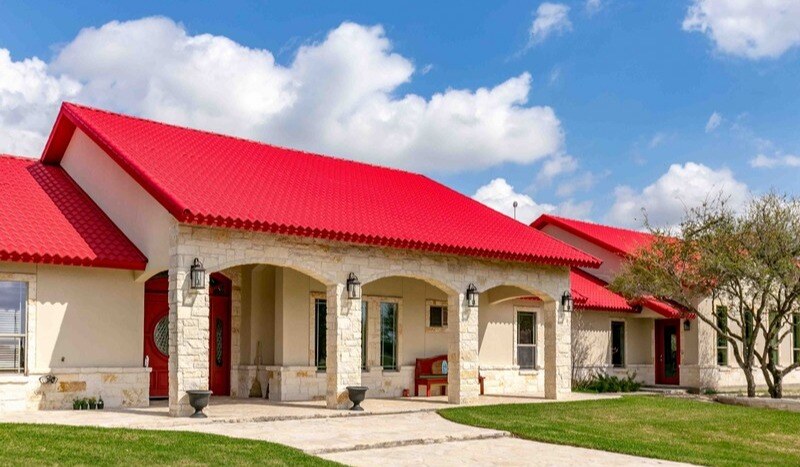Make Your Next Roof the Best Roof
Download this 28-page metal roofing guide for in-depth answers to all your metal roofing questions. Grab your copy, review it with your family and move forward with your roofing purchase feeling 100% confident you’re making the best choice.


Find the Answer You Need
Making the decision to replace your roof with shingles or a new metal roof can make your head spin, leaving you searching for answers on price, energy efficiency, warranties and how the new roof will look on your home. This guide covers the nuances of these questions and more.
After reading your copy, you will know how to:
- Choose between a metal roofing system and asphalt shingles
- Find the perfect panel style for your family’s home
- Select a paint coating that will keep your home looking beautiful for the next 40 to 50 years
- Decide between G60, G100, and Galvalume substrates
- Evaluate contractors before picking up the phone or sending a single email
- Determine what to look for in a warranty

See Real Examples of Metal Roofs Across the Nation
Your new metal roofing system may likely be the last roof you ever have to buy. Make sure you have the knowledge to choose one that will make your family’s home the highlight of the neighborhood for decades to come!
arrow_back
arrow_forwards
close
![lightboximage lightboximage]()

.jpg?width=2000&name=PUTNAM%2c%20IL01%20(1).jpg)




